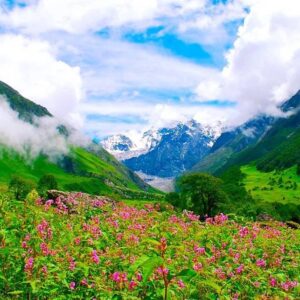Top 10 Amazing Rivers of India
Nature WorldWide November 26, 2023 0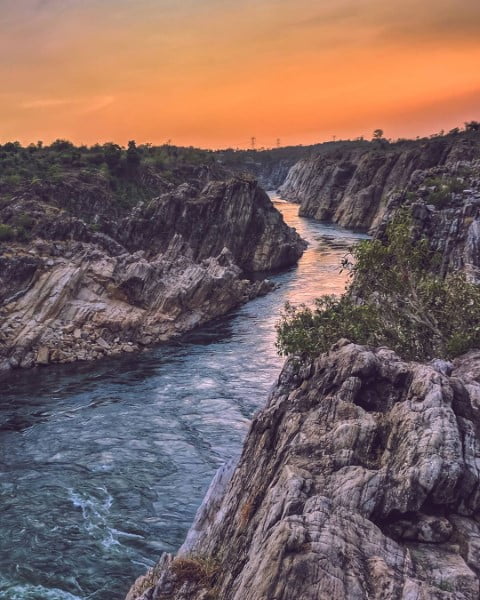
India, with its diverse and breathtaking landscapes, is blessed with an extensive network of rivers that play a vital role in shaping the country’s geography and culture. Spanning from the snow-capped Himalayas to the vast coastal plains, these rivers gracefully meander through the heart of India. They provide not only a vital source of sustenance but also a breathtaking visual feast for those who appreciate the beauty of nature. In this blog post, we’ll take you on a journey to discover the top 10 amazing rivers that flow through the diverse terrains of India.
List of Top 10 Amazing Rivers of India
- The Ganges (Ganga)
- The Yamuna
- The Brahmaputra
- The Godavari
- The Narmada
- The Kaveri (Cauvery)
- The Krishna
- The Indus River
- The Umngot River
- The Sabarmati
Amazing Rivers of India
The Ganges (Ganga):

Known as the holiest river in Hinduism, the Ganges holds immense cultural and spiritual significance. Originating from the Gangotri Glacier in the Himalayas, the Ganges flows through the plains of North India, nurturing the fertile Gangetic plains. Varanasi, one of the oldest continuously inhabited cities in the world, sits on its banks, adding to the river’s mystical aura.
Read More: Famous Places To Visit In Madhya Pradesh
The Yamuna:
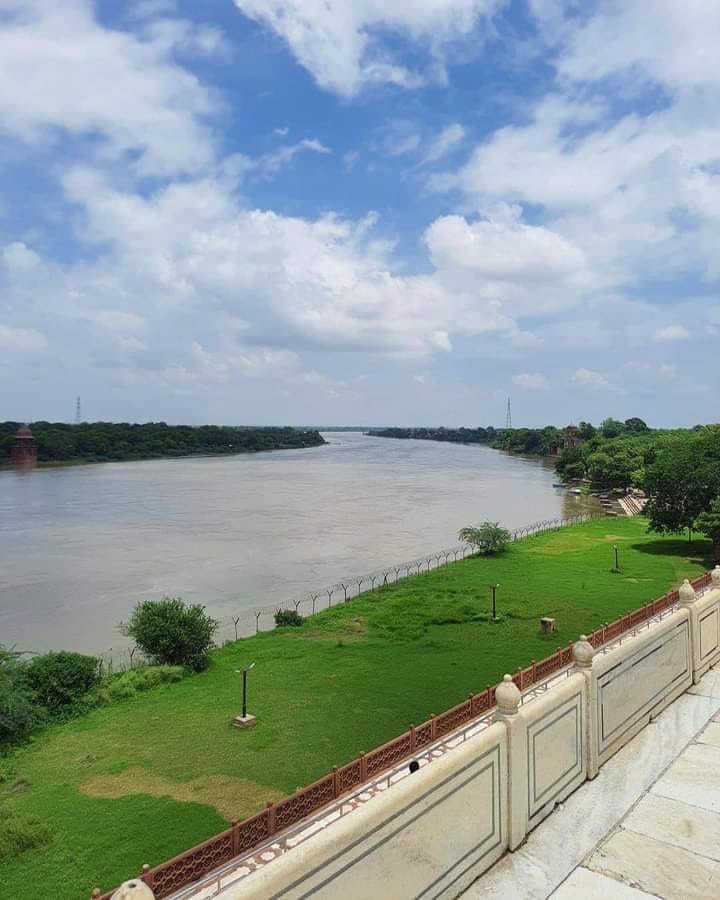
A major tributary of the Ganges, the Yamuna River flows through the northern plains of India. Held in reverence within Hindu mythology, the Yamuna River is a sanctuary for numerous historical and religious sites, among them the iconic Taj Mahal in Agra. The Yamuna, with its crystal-clear waters in some stretches, provides a serene backdrop to the cultural tapestry of Northern India.
The Brahmaputra:
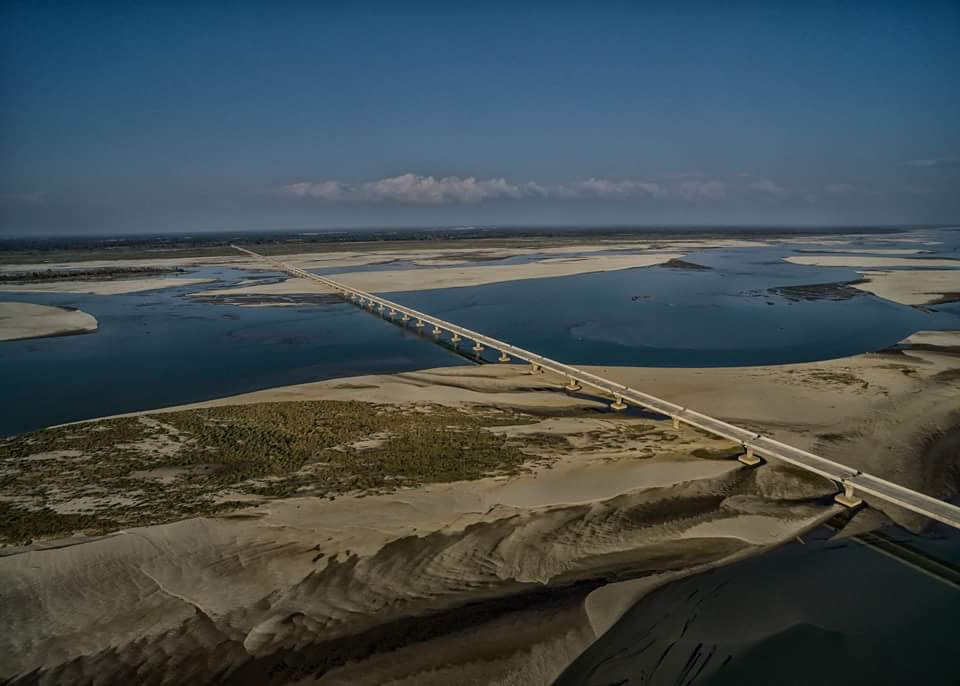
Originating in Tibet, the Brahmaputra traverses through India’s northeastern states, offering a dramatic journey from the Tibetan plateau to the Bay of Bengal. Known for its breathtaking landscapes and diverse ecosystems, the Brahmaputra is a lifeline for the people of Assam and plays a crucial role in supporting the region’s unique flora and fauna.
Read More: 12 Most Popular Waterfall in India
The Godavari:

Considered the second-longest river in India, the Godavari flows from the central part of the country to the eastern coastal region. Frequently hailed as the “Ganga of the South,” the Godavari River serves as a crucial water source for agricultural endeavors. The basin of the Godavari is adorned with ancient temples, picturesque landscapes, and vibrant cultures, creating a captivating tapestry of heritage and natural beauty.
The Narmada:

Originating from the Amarkantak Plateau, the Narmada River flows through the central part of India. Revered as a sacred river, the Narmada is known for its marble rocks in Bhedaghat and the awe-inspiring Dhuandhar Falls. The river’s serene flow through the Vindhya and Satpura ranges adds to its scenic charm.
Read More: Top Religious Places Situated On the Hill in Uttarakhand
The Kaveri (Cauvery):
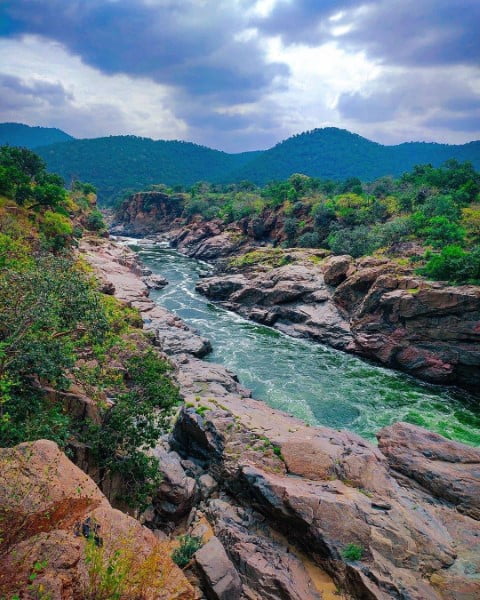
Its significance transcends mere geography, serving as an indispensable source for the agricultural prosperity that flourishes in the region. Enveloped by verdant landscapes and graced by the presence of ancient temples, the Kaveri weaves a narrative that intertwines the natural abundance of the land with a tapestry of cultural heritage. The river basin is a cradle of rich biodiversity and traditional South Indian culture.
The Krishna:
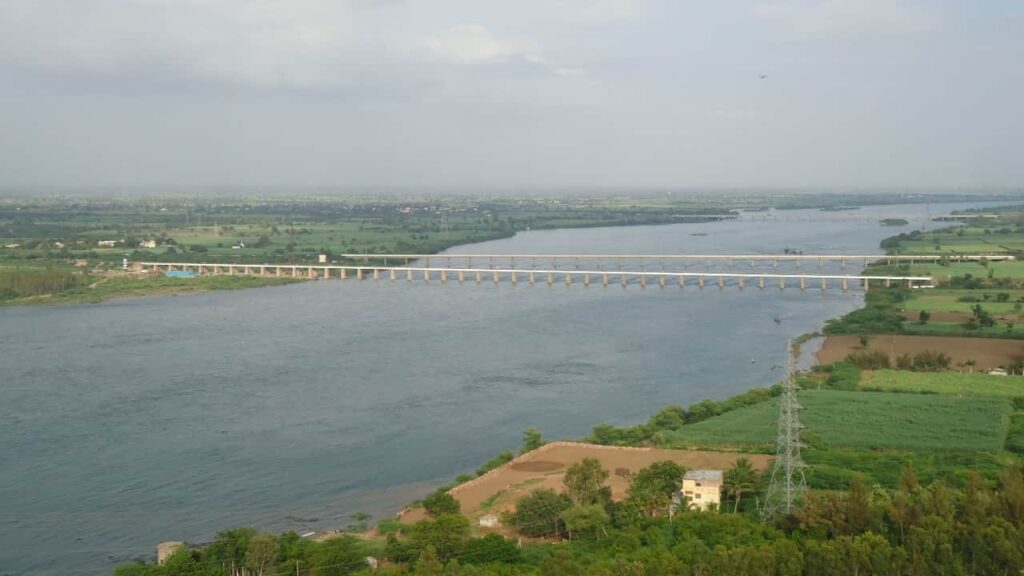
Originating from the Western Ghats, the Krishna River flows through the Deccan Plateau, providing vital irrigation water to the states of Maharashtra, Karnataka, and Andhra Pradesh. The ancient city of Vijayawada lies on its banks, and the river is celebrated in local folklore and festivals.
Read More: Top 10 Natural Places to Visit in Maharashtra
The Indus River:
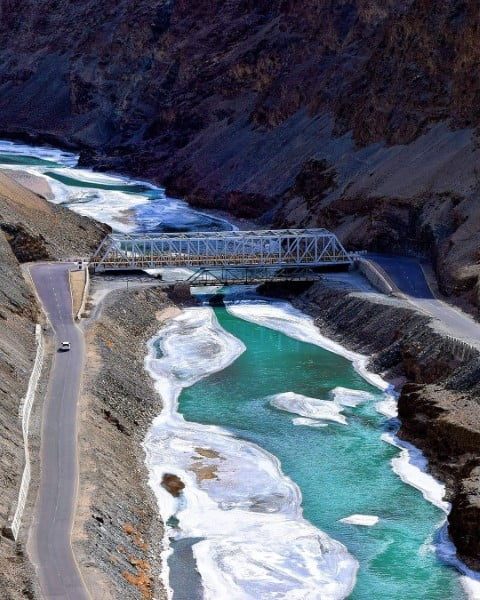
Indus River comes with a very flourishing history that catered to one of the largest human civilizations, the Indus Valley Civilization. You probably know about this based on the school history that were taught to us as kids. Needless to say, the sparkling river does come with a very interesting historical significance. You can find Indus River in India flowing through Ladakh, Leh and more.
The Umngot River:

Have you ever experienced the purity of a river so crystalline that its surface is visible from a boat? Step into Meghalaya, where the Umngot River, nestled between the Khasi and Jaintia Hills, stands out as one of India’s most captivating waterways. The immaculate, crystal-clear waters of the Umngot River not only captivate onlookers but also translate into unparalleled beauty when preserved in photographs.
Read More: 11 Natural Wonders of Northeast India
The Sabarmati:
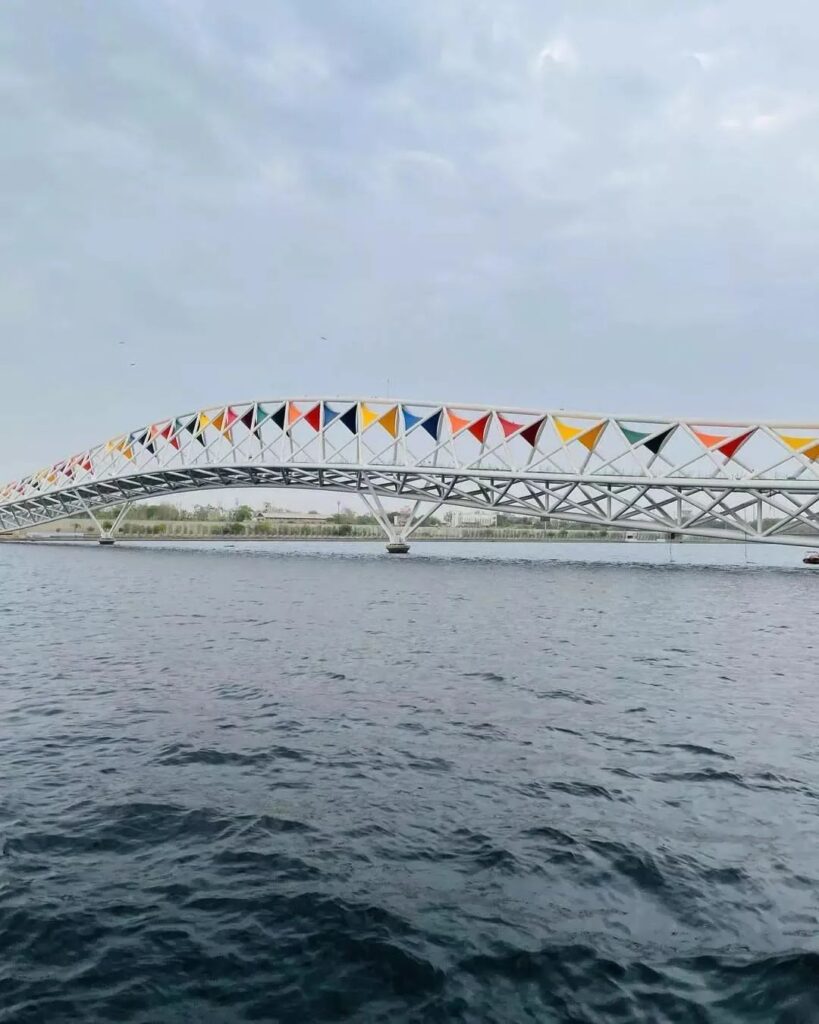
Rising in the Aravalli Range, the Sabarmati River flows through the western state of Gujarat. The Sabarmati Ashram, associated with Mahatma Gandhi, is located on its banks, symbolizing the river’s historical significance in India’s independence movement. The Sabarmati Riverfront in Ahmedabad has transformed the riverbanks into a vibrant public space.
Read More: Top 10 Best Valleys to Visit in India
Conclusion:
India’s rivers transcend being mere water bodies; they are the lifeblood that has sculpted the nation’s civilization, culture, and ecology. Each river, from the crystalline waters of the Himalayas to the arid expanses of the West, narrates a distinctive tale.
Embarking on an exploration of these extraordinary rivers is not just a visual delight; it unfolds as a captivating journey through the heart of India’s natural and cultural heritage. As we navigate the currents and witness the diverse landscapes, we connect with the essence of a nation shaped by the ebb and flow of these majestic waterways.
